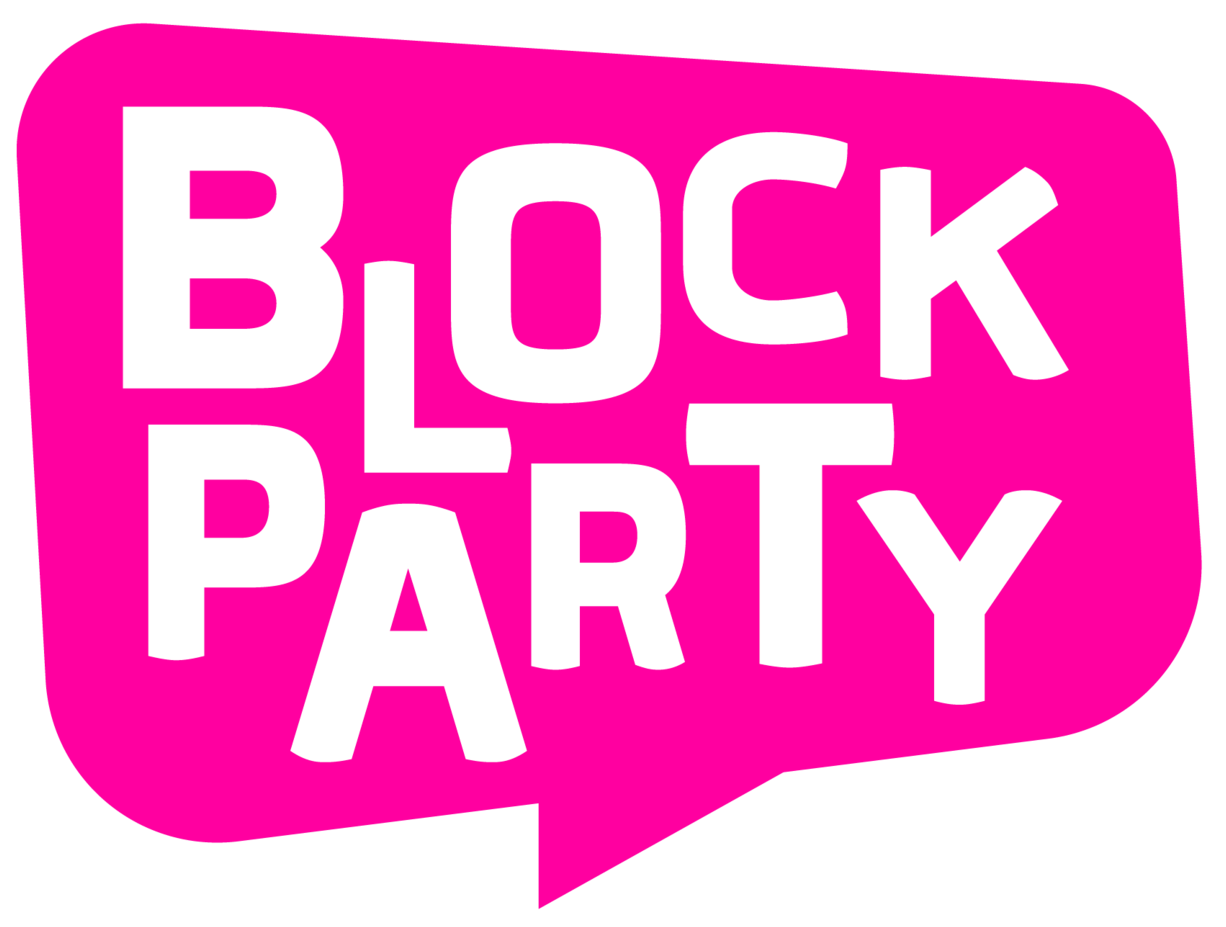research reports
BEYOND THE NEWS FEED
2018
Despite the ubiquity of social media Feeds over the last decade, they are slowly being superseded by Stories-- the mobile-first format initially popularized by Snapchat. Today, over 1.12 billion accounts across Instagram, WhatsApp, Snapchat, Facebook and Facebook Messenger consume or create these swipeable, vertical video montages every day. That’s an 987% lift since early 2016-- and from Q2 2016 through Q3 2017 the format had a growth
rate 15 times higher than Feeds on major social platforms.
Despite the popularity of Stories, it poses potential challenges to businesses that are currently staffed for expertise in Feeds. The social media manager’s job description will require an overhaul, or at least an expansion, to include skills like storytelling, videography, photography, graphic design, augmented reality, and a host of platform-specific tools. Without these competencies on hand, companies may under-resource efforts on Stories and fall behind competitors. But with the right planning, this challenge is easily surmountable.
Access the report here.
HUMANITARIAN FUTURES FOR MESSAGING APPS
2017
Written for International Committee For The Red Cross (ICRC) in collaboration with The Engine Room, this report evaluates how messaging apps can be used to deliver humanitarian aid in countries with armed conflict.
Messaging apps have great potential to make a positive impact in situations of crisis. They can also introduce risks relating to security, data protection and privacy. Humanitarian organizations need to better understand the opportunities and risks in order to develop responsible, effective and safe ways to use messaging apps to meet the needs of people affected by armed conflicts, internally displaced people, refugees or migrants.
The report was drafted with support from an advisory group including colleagues from the International Federation of Red Cross and Red Crescent Societies (IFRC), the UN High Commissioner for Refugees (UNHCR), the UN Office for the Coordination of Humanitarian Affairs (UNOCHA), and the World Food Programme (WFP).
Access the report here.
CHAT THE VOTE
2017
The 2016 presidential election was the first time chat applications were used to register voters and spark political conversation. This report explores these experiments in voter engagement, offering an in-depth view into the role of chat apps in promoting civic participation during the election and getting people to the polls.
The research, written for the John S. and James L. Knight Foundation, examines the ways in which chat platforms – including Snapchat, Facebook Messenger, Kik, LINE, Viber, Amazon Echo and others – delivered voter information and election news, and helped people register to vote. It also explores the use of chat apps by election candidates, revealing how Hillary Clinton, Bernie Sanders and Donald Drumpf used these platforms to attract support and encourage turnout.
The report provides important lessons for journalists, media companies, technologists, civic leaders and politicians exploring new methods of leveraging technology to inform and reach voters. It also provides an early look at emerging experiments in voter engagement with a view to the future.
Access the report here.
GUIDE TO CHAT APPS
2015
Messaging apps now have more global users than traditional social networks-- which means they will play an increasingly important role in the distribution of digital journalism in the future. Written with BBC News mobile editor Trushar Barot and published by Columbia Journalism School's Tow Digital Center, this guide to chat apps for news organizations includes interviews with leaders at multiple news outlets and chat platforms. It synthesizes key lessons and presents notable case studies reflecting the variety of creative and strategic work taking place within the messaging space. Access the report here.




